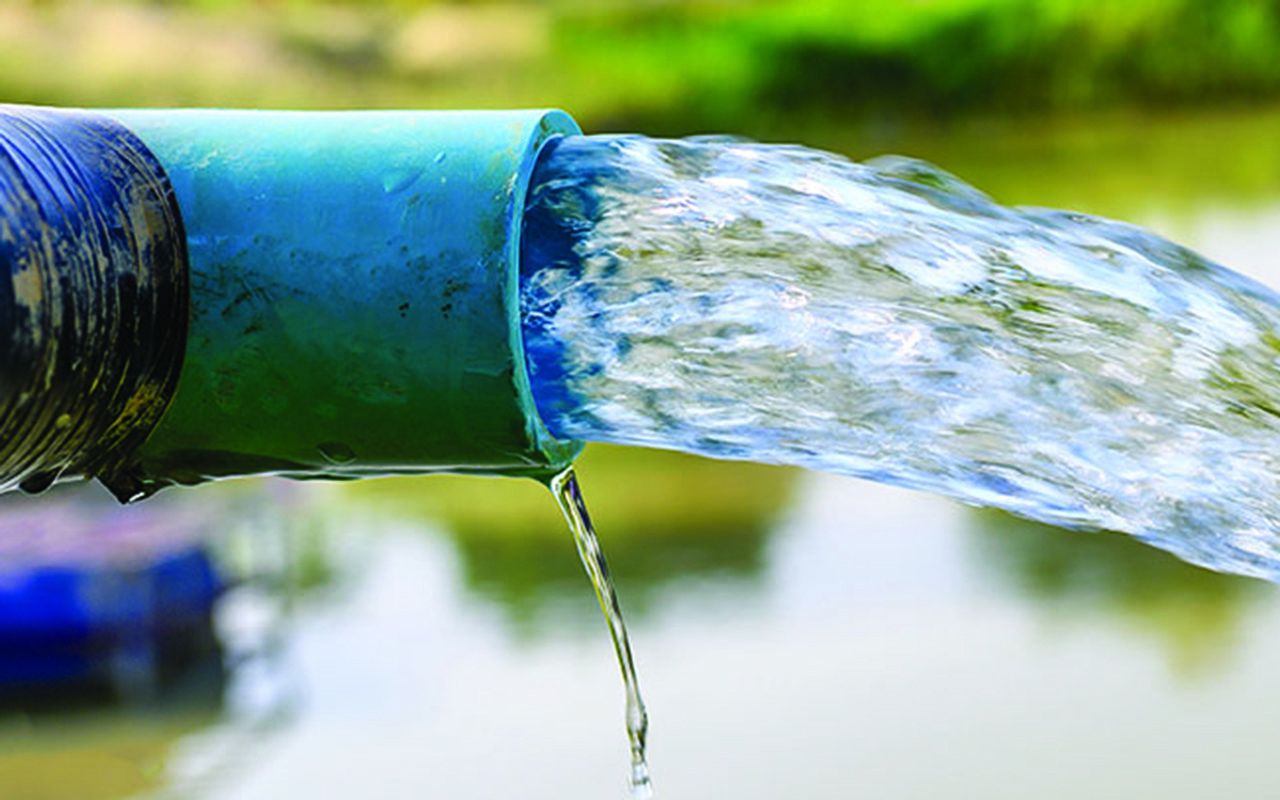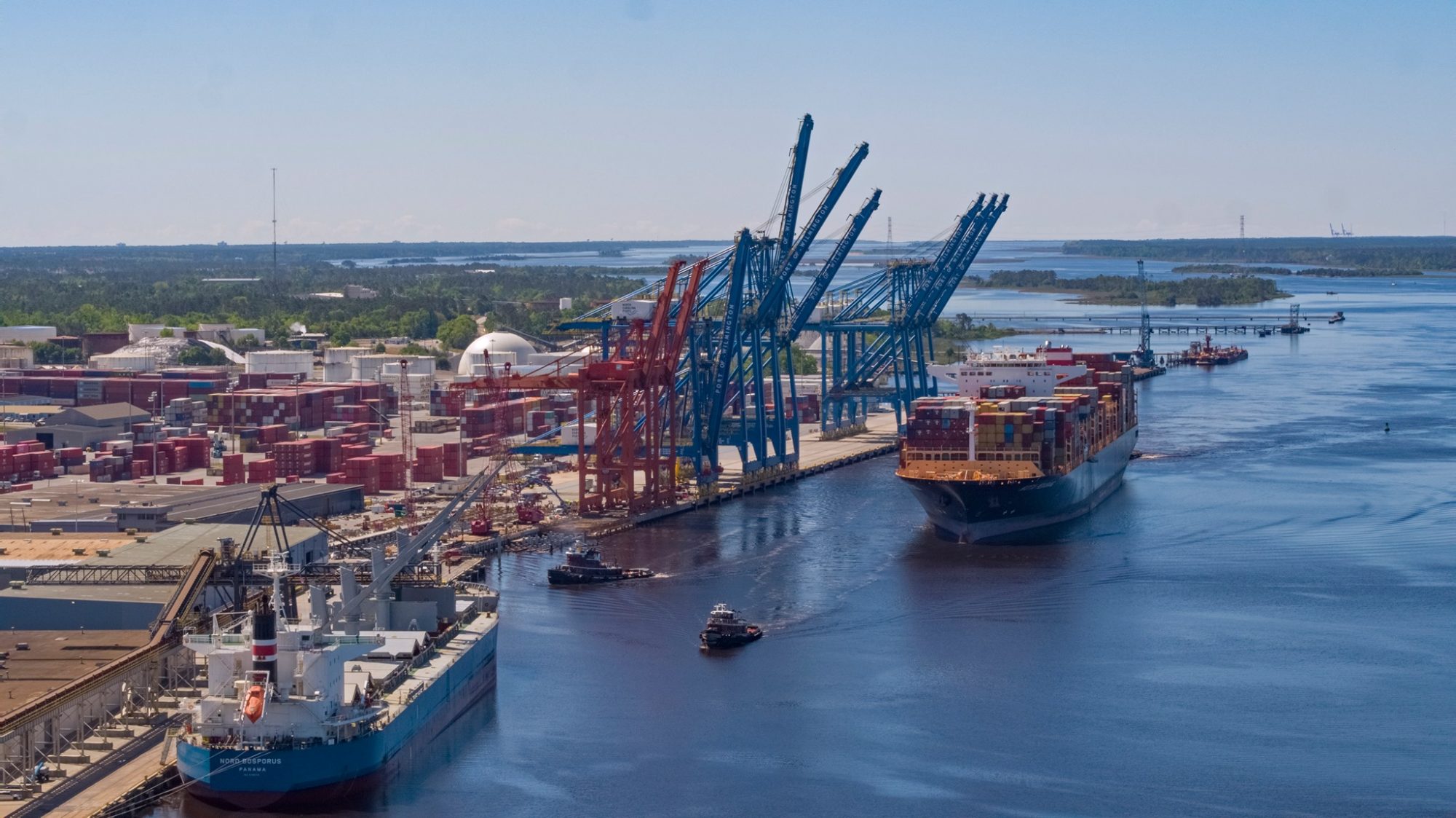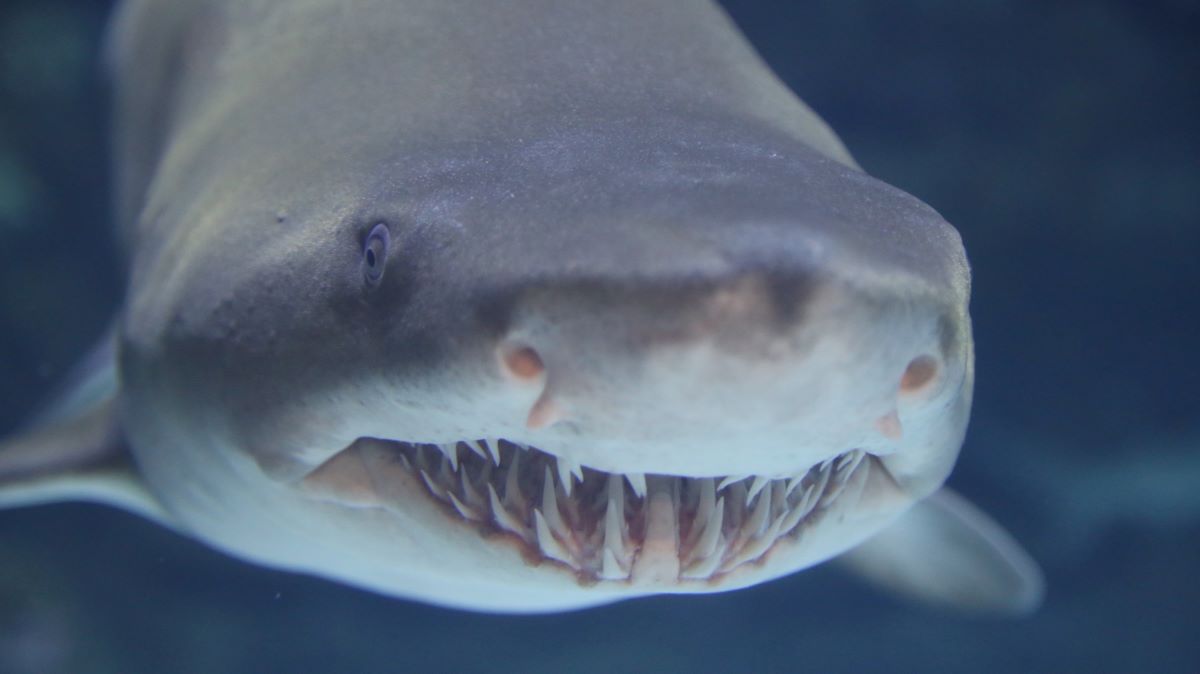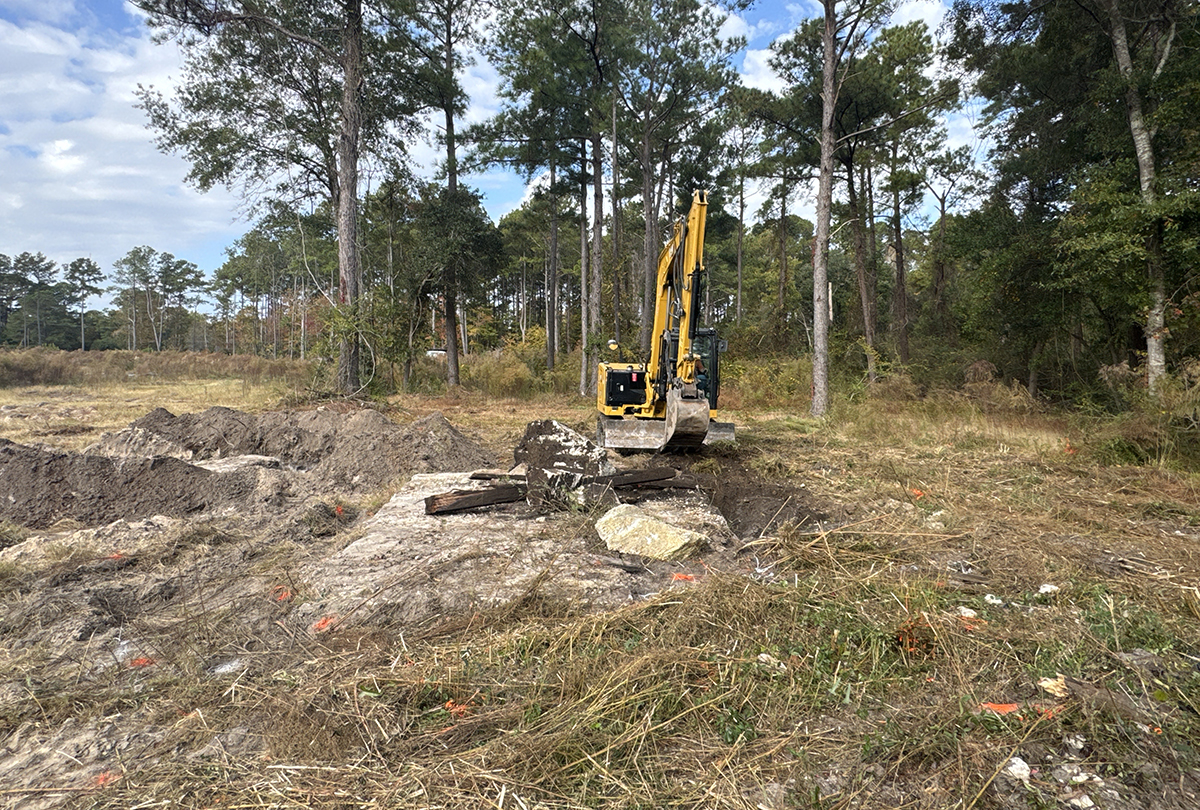Reprinted from Carteret County News-Times
The Atlantic Harbor improvement project is moving into a phase not normally observed in this area: installation of wave attenuators.
Supporter Spotlight
The devices, intended to limit wave action that causes erosion and siltation, are to be installed beginning this week, according to Greg Rudolph, manager of the Carteret County Shore Protection Office.
The office has sought permits for the complicated project and guided it through planning stages and years of discussion of what should be done to make the Down East harbor safe and useable for the foreseeable future.
The structures are designed to deflect wave energy back out to sea. There will be 30 of them, placed waterward of gaps in a granite sill constructed around White Point, in Core Sound, just offshore from the harbor. The gaps were left to allow fish to pass through the rock sill, which, along with vegetation planted, will provide habitat for juveniles of many marine species, including oysters.
“There are six areas with five attenuators each,” Rudolph said. “It might take a week or two to install all of them. Installation will be (this) week’s sole focus.”
The attenuators fit like lollipops into a circular sleeve and are clamped into place.
Supporter Spotlight
T.D. Eure of Beaufort, the contractor for the multi-million dollar harbor project, will do the work.
Once it’s done, the dredging and construction phases of the project will be complete, and all that will remain is the planting of vegetation around the rock sill by the North Carolina Coastal Federation, an environmental group based in the Ocean community on N.C. 24 in western Carteret County.
The most likely plant species, Rudolph said July 21, are spartina alterniflora, or smooth cordgrass, spartina patens, or salt meadow cordgrass, and possibly juncus roemerianus, or black needle rush.
“T.D. Eure and our engineers at Moffatt & Nichol have done a fantastic job so far estimating and monitoring the quantities of all the materials (number of old sandbags to be removed, filter fabric, bedding stone and armor stone),” Rudolph said in an email. He said that was very hard to do “on a job this big … and can easily bust the budget, but we are so on point it’s almost uncanny.”
In fact, he said, it appears the final cost will likely be within $20,000 of a projected $2.115 million overall budget.
The federation, he added, will have the funds to purchase and install all the plants, “so … it couldn’t be progressing any better.”
The dredging portion of the project, completed weeks ago, removed 8,800 cubic yards of shoal material, mostly from the entrance channel, which was the main choke point that has kept many vessels from using the harbor in recent years.
The county has a contract option and a grant extension to dredge the harbor itself, “but we can’t dredge until October anyway, and the harbor proper is really ‘shoaled in’ with a loose, almost floating type of mud so we need to (determine) whether or not the shoaling is really inhibiting the vessels, and (we) are going to give this some more thought,” Rudolph said. “We’re hoping the shoreline stabilization will work for a very, very long time. We have a good solution out there.”
The granite sill is 1,700 feet long and used 9,545 tons of stone. The contractor dredged and removed 8,800 cubic yards of shoal material, placed on White Point, though some of it must still be leveled. The county did tests to make sure the spoils were safe to keep on White Point, Rudolph said.
The county’s final share of the total project cost is expected to be about $200,000. The coastal federation is using a $1.1 million grant from the National Wildlife Federation, and the state kicked in a grant, as well.
The county awarded the contract to T.D. Eure in March and work began in mid-April.








